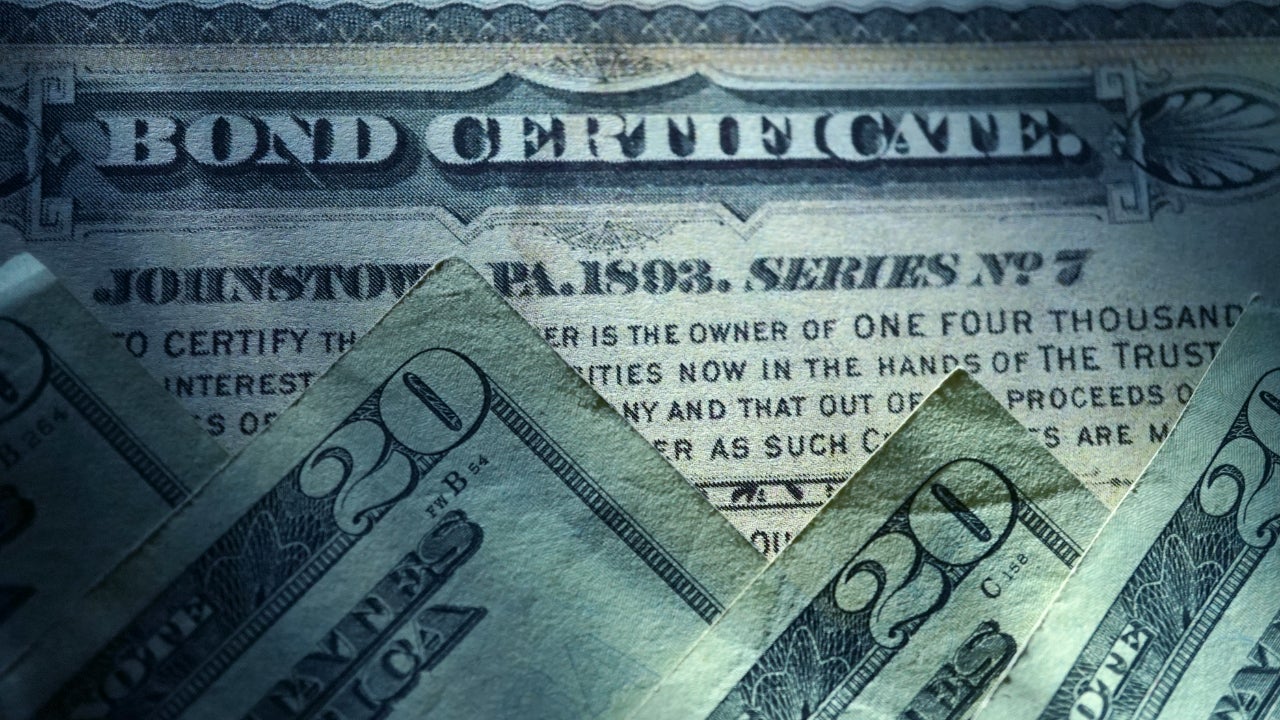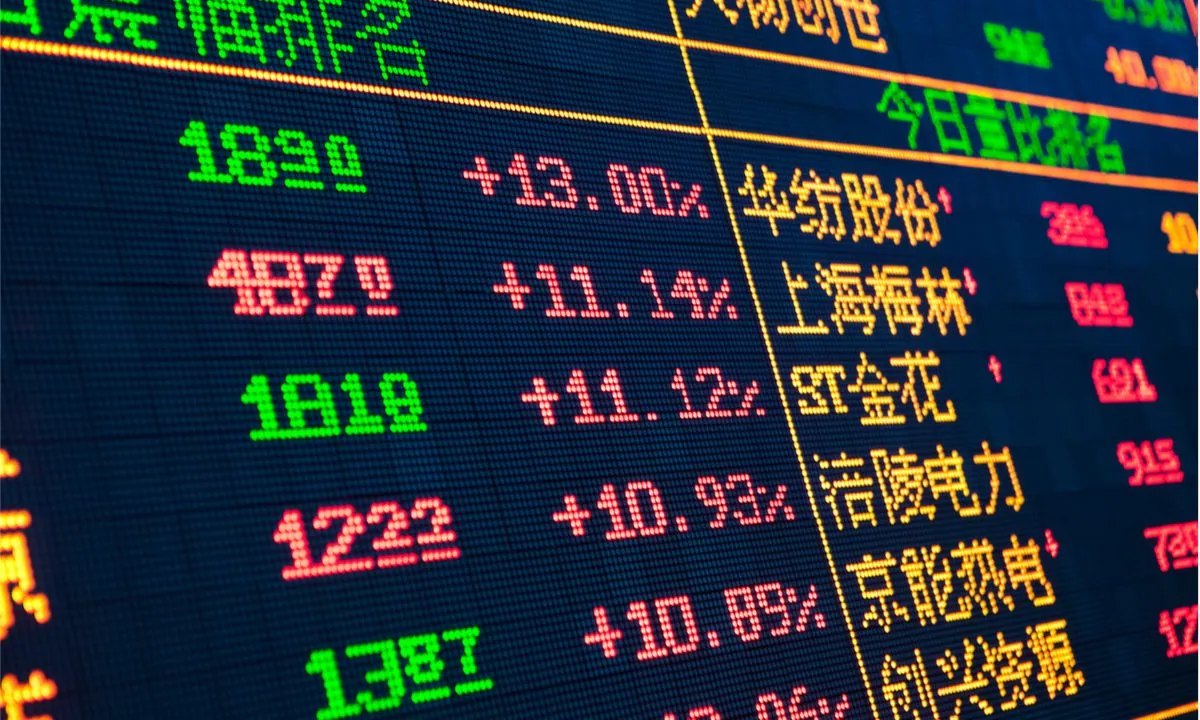The year 2024 has witnessed a significant uptick in investor activity within the US corporate bonds market. This surge can be attributed to a confluence of factors. Firstly, there’s a widespread expectation that the Federal Reserve will implement a series of interest rate cuts in the near future. This anticipation has investors scrambling to lock in the most attractive yields available before those rates inevitably decline. Secondly, investors are actively seeking out higher returns on their investments. The current market environment, characterized by persistently low interest rates, makes this a challenging proposition.
Corporate bonds, however, offer a solution. They typically provide yields that are demonstrably higher than those offered by government bonds, making them a more enticing option for yield-hungry investors. The combined effect of these factors has resulted in a record-breaking influx of capital into corporate bond funds throughout 2024.
Higher Yields and Rising Bond Prices Attract Investors
When interest rates sink to low levels, investors find themselves in a bit of a bind. The returns they can squeeze out of traditional, safe investments like government bonds become meager, leaving them scrambling for ways to make their money grow. This is where corporate bonds step in as a potential solution. Compared to their government-issued counterparts, corporate bonds generally offer a higher rate of return, known as the yield. This yield acts as a kind of incentive for investors, a way for companies to entice them to lend money. Now, the Federal Reserve, the central bank of the United States, is expected to cut interest rates in the coming months. This anticipated move holds significant implications for the corporate bond market.
Read this: Debt or Destiny? Companies Flock to Bonds in $150 Billion Cash Grab
When interest rates fall, something interesting happens: the value of existing bonds actually tends to rise. This creates a double benefit for investors. Not only do they continue to receive the higher yields offered by corporate bonds, but the market value of those bonds themselves also increases. So, the prospect of falling interest rates makes the already attractive yields of corporate bonds even more enticing, drawing investors towards this asset class.
Record Inflows Signal Investor Appetite for Corporate Bonds
Fueled by the allure of higher returns, a record-breaking $22.8 billion has surged into corporate bond funds this year, according to EPFR, a company that tracks fund flows. This influx marks a significant shift in investor sentiment, representing the most positive start to a year for the corporate bond market since 2019, when $22.4 billion flowed in by this point. The surge in demand has had a ripple effect, causing a compression in bond spreads.
These spreads represent the gap between the interest paid on corporate bonds and the yields offered by ultra-safe government Treasuries. The tightening of this spread reflects a growing appetite for risk among investors. As interest rates are anticipated to fall in the near future, investors are seizing the opportunity to lock in these attractive yields on corporate bonds. This willingness to take on some additional risk highlights the current market environment where investors are prioritizing the pursuit of higher returns.
Hidden Risks in Corporate Bonds
Despite the current buoyancy in the corporate bond market, investors shouldn’t be lulled into a false sense of security. A lurking danger exists in the form of potentially inadequate risk-reward dynamics. The current rush to acquire corporate bonds could be pushing yields lower than the actual risk posed by the underlying issuers. In simpler terms, investors might be accepting a smaller return than is justified by the creditworthiness of the companies they’re lending to. This scenario becomes particularly worrisome if these companies fail to meet their debt obligations (default). In such an event, investors could face substantial financial losses.
Risk escalated
Furthermore, the economic landscape itself presents a layer of uncertainty. A potential economic downturn could significantly weaken the financial health of corporations. This, in turn, could lead to a surge in defaults as companies struggle to repay their debts. The domino effect wouldn’t stop there. A wave of defaults would likely trigger panic selling within the corporate bond market, driving prices down and inflicting losses on investors caught in the crossfire.
Conclusion
The US corporate bond market is currently attracting a surge of investor interest, fueled by a confluence of factors. Firstly, the anticipation of interest rate cuts by the Federal Reserve is playing a significant role. When the Fed lowers interest rates, it makes existing bonds more valuable. Investors recognize this and are rushing to lock in these potentially appreciating assets. Secondly, the ongoing search for higher yields is a major driver. In a world of historically low interest rates, investors are struggling to find investments that offer attractive returns.
Corporate bonds, which typically yield more than government bonds, provide a solution. However, it’s crucial for investors to be mindful of the inherent risks associated with corporate bonds. Credit risk, or the possibility of a company defaulting on its debt, is a key concern. If a company fails to meet its bond obligations, investors could face significant losses. Additionally, economic risk cannot be ignored. A downturn in the economy could lead to an increase in corporate defaults, potentially triggering a sell-off in the corporate bond market and further eroding investor returns.



